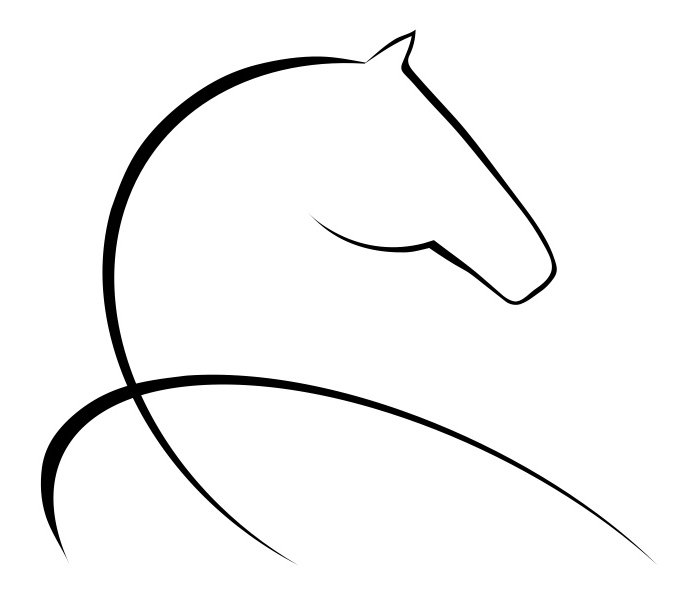Military Seat
Whiskey, the famed Army horse at Fort Snelling, in 1930
Military Seat
Military Seat or Military Equitation is the oldest riding discipline. It predates all other riding disciplines by thousands of years and nearly all modern riding disciplines are based on it. The first recorded training and competitions were held more than 3,000 years ago. With the exception of horse racing no modern disciplines and few non-military competitions existed prior to the end of World War I in 1918. The inter-war period (1919-1941) brought an expanding civilian interest into equestrian activities. But it was not until after the end of World War II in 1945 that most modern civilian disciples came to be. Only commissioned military officers and gentlemen were allowed to compete in the Olympics through 1948. The first civilian Dressage show in the United States was judged by Chuck Grant, Father of American Dressage, in Morton Grove, Illinois in 1948.
“Dressage was-is the basis for drill, battle formations in linear battle tactics, and gait management.
In today’s equestrian social parties, there is several styles of riding a horse: Western, Western Pleasure, Reining, Cutting, English - Hunt Seat, Eventing, Hunter Under Saddle, Dressage, Park, Country English Pleasure and so on. Military Equitation (Dressage) "is" the basis for every one of those "Specialties" types of riding. A horse can only turn right, left, stop, back up, move forward, one way. You can call it whatever you wish, but when done properly it is from military training standards set from as far back as 450 B.C. by Xenophon.
Take it a step further, saddle styles (English) very forward flap = Italian, slightly straighter = Swiss/French. The flap design was set to deal with the particular style of jumping taught at a military riding school.
Modern "English" style is a shortcut version of "proper" military equitation.”
- Ron Smith, June 17, 2002 - Society of the Military Horse

